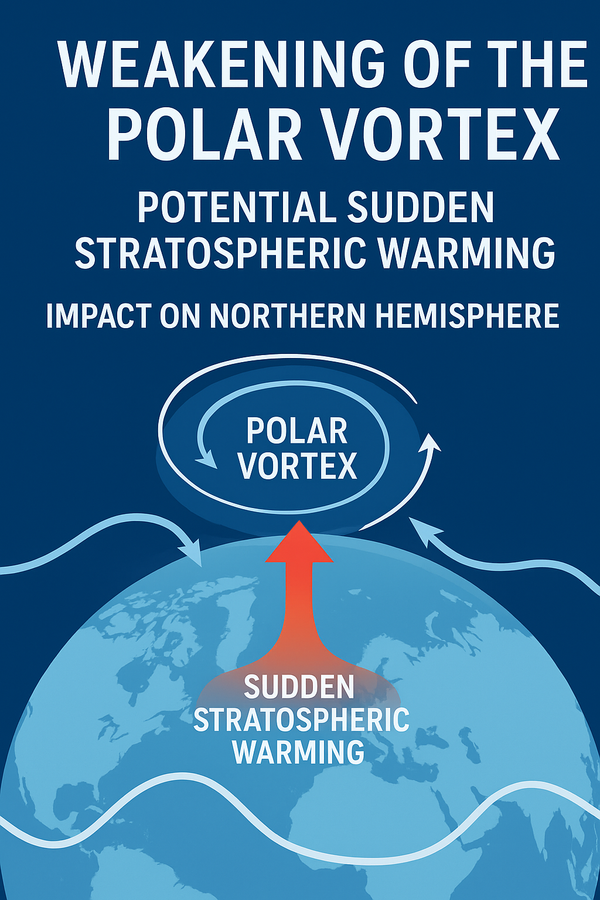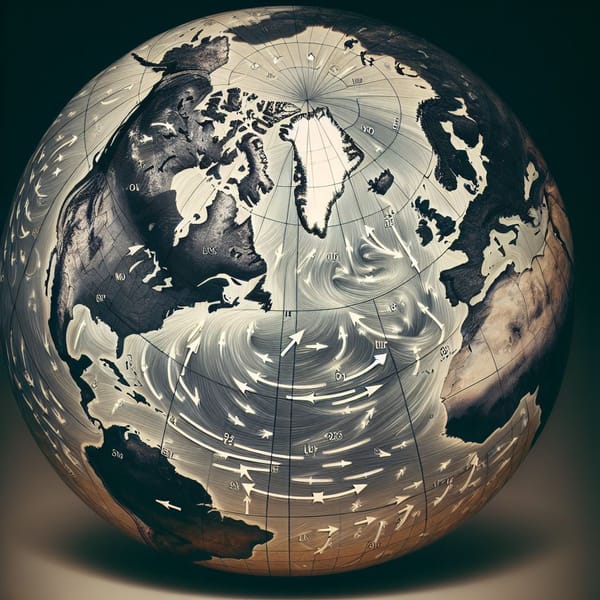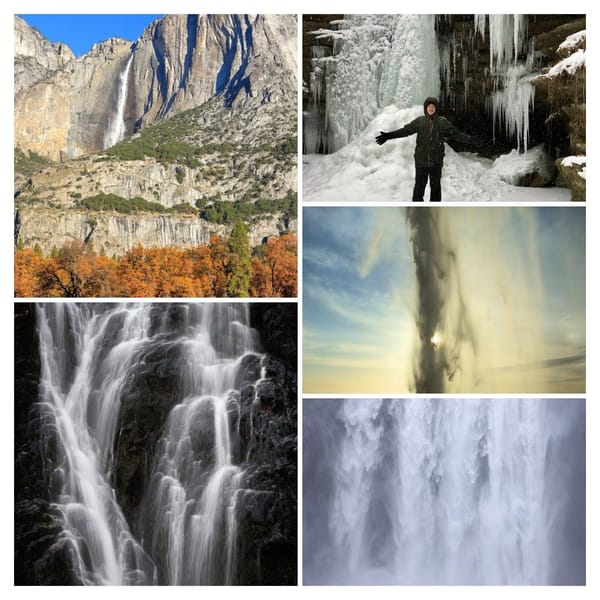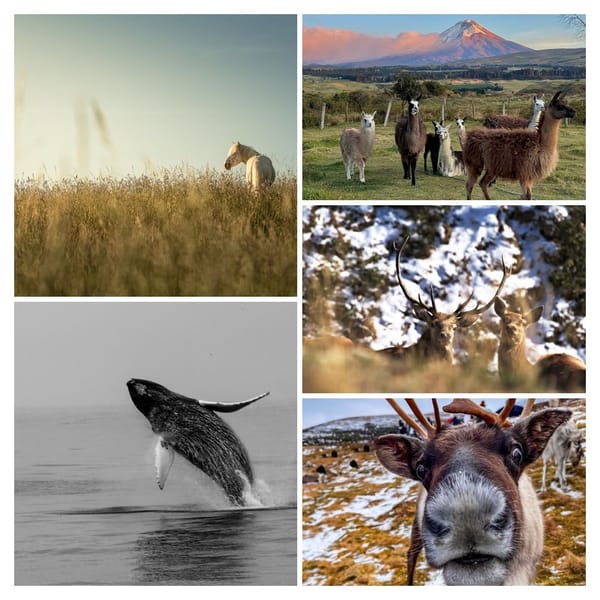Featured Meteorologist Alex Kirchner
Alex Kirchner reflects on forecasting Wisconsin’s wildly varied weather, managing high-stakes storm coverage, and the long-term changes that could reshape the region in the years ahead.
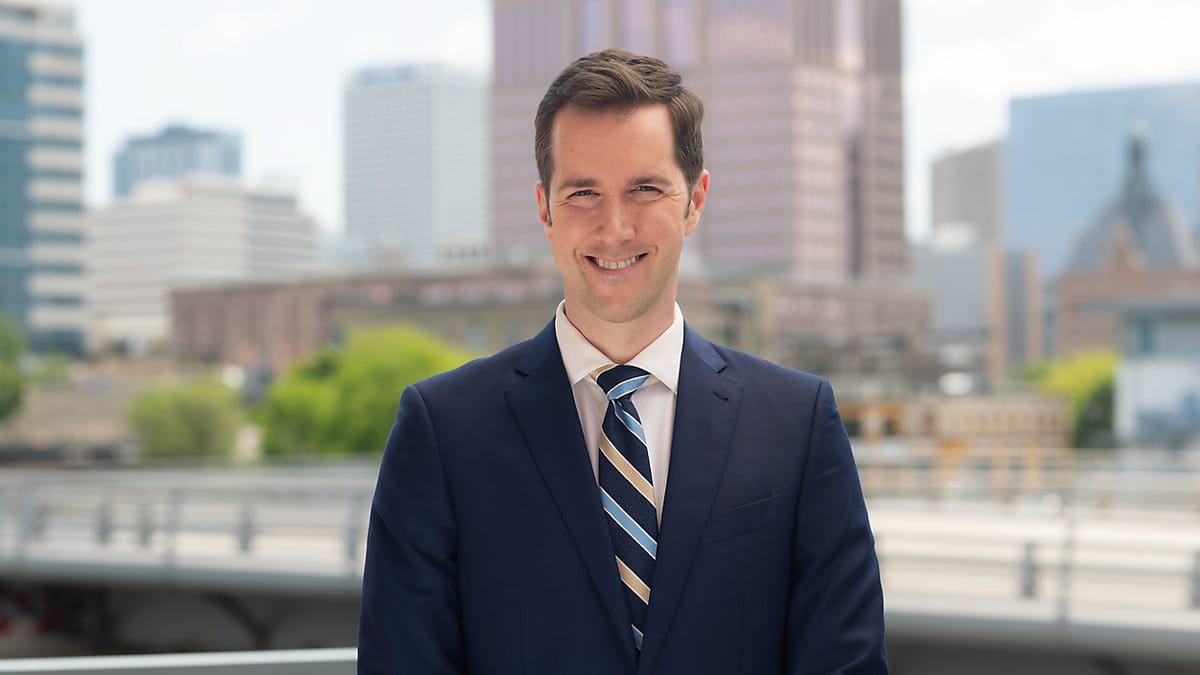
From early days forecasting Wyoming’s windswept plains to leading coverage across all of Wisconsin, Chief Meteorologist Alex Kirchner has learned to navigate some of the most varied weather in the country. Here, he offers a candid look at the job—from behind-the-scenes moments to the climate signals shaping the future. You can follow Alex on X
1. You’ve covered weather across multiple regions—how has forecasting in your current market challenged or shaped you differently from previous locations?
In the previous markets I've worked in, the forecasting area could be quite small so it's easier to focus on one region or one micro-climate. Spectrum News 1 Wisconsin covers the whole state. There may be heavy snow on one side and rain on the other, or tornadoes in one corner and sunshine elsewhere. It can be challenging to keep an eye on everything while also communicating clearly who may see what. I often draw on my experience from my first job in Casper, Wyoming, where the market also covered most of the state. With that background, it helps me understand how to effectively forecast for a large, varied region.
2. What’s a behind-the-scenes moment from the newsroom or the field that really captures what it’s like to be a chief meteorologist?
I've had a few experiences during large severe thunderstorm outbreaks where the storms may hit the newsroom. In the middle of covering severe storms live, I may have to step away and check in with the newsroom to go over: what I’m seeing on radar, where damage has been reported, whether everyone in the newsroom is in a safe place, if we need to move people away from the windows, or if we need to head to the basement, etc. There's always a mental checklist running of what we need to do to keep everyone in the newsroom safe while continuing to provide accurate, timely coverage for viewers.
3. Spectrum News audiences appreciate hyper-local forecasts. How do you balance scientific accuracy with making weather information clear and relatable for viewers?
It can be tricky at times, because there can be a lot of complicated scenarios or a lot of uncertainty going into an event. I try to put myself in the viewers’ shoes– if I was watching at home, what are the main questions I'd want answered to get ready for my day? If my viewers need to pass along what I said to someone else, how can I best present the message without getting lost in translation?
4. As someone often in the public eye during severe weather, how do you personally manage the stress and responsibility that come with urgent forecasting?
Preparation plays a big part in managing the stress and pressure of a high stakes weather event. Running really helps me manage stress and anxiety, so I try to get a longer run in that day to help flush out any nervous energy. After an event, I find it's important to step away when I can and decompress, get extra rest, and mentally reset. Viewer messages help too– hearing that someone stayed sage because of our coverage always means a lot.
5. Looking ahead, what weather trends or climate-related shifts do you think will most affect your viewing area in the next decade?
Wisconsin's winters can be harsh, but we rely on them for business, tourism, and recreation (you have to find some fun with it, otherwise you're stuck indoors for months!). Warmer and less snowy winters will have wide-reaching impacts and something to monitor in the coming years. Wisconsin recently had its first February tornado on record; do we need to prepare for much longer severe storm seasons? And will the boom-bust cycle of drought and flooding, seen in other parts of the country, become more common here as well?


